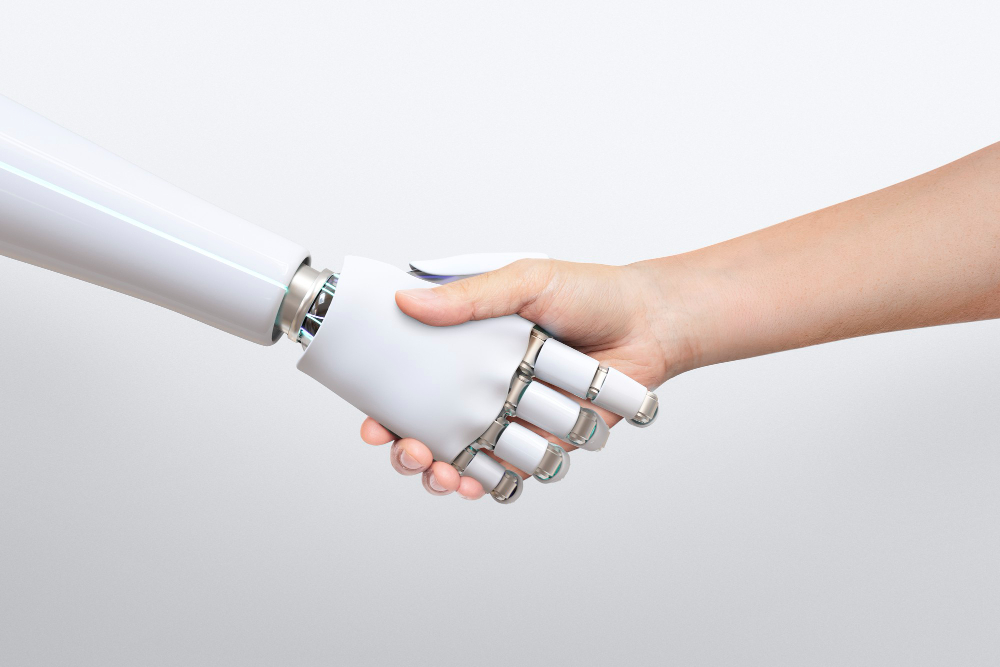
Date of September 2021, there was no official announcement or confirmation from OpenAI regarding the development or release of a ChatGPT-4 language model. However, we can speculate about what a potential ChatGPT-4 might entail based on the evolution of its predecessors, ChatGPT-1, ChatGPT-2, and ChatGPT-3.
ChatGPT-1 was released in June 2018 and was capable of generating coherent and contextually relevant responses to user inputs. It was trained on a large corpus of text and used a transformer architecture to learn the patterns and structure of natural language. ChatGPT-2, released in February 2019, was a significant improvement over its predecessor, with 1.5 billion parameters compared to ChatGPT-1’s 117 million parameters. ChatGPT-2 was able to generate even more realistic and natural-sounding responses, and demonstrated a greater capacity for understanding and generating longer and more complex pieces of text.
ChatGPT-3, released in June 2020, was another major leap forward in terms of the number of parameters (175 billion) and its capabilities. ChatGPT-3 demonstrated a remarkable ability to generate human-like responses to a wide range of tasks, including translation, summarization, and question answering. It was also able to complete tasks such as writing essays and even computer code.
So what could we expect from a potential ChatGPT-4? It’s possible that OpenAI could continue to increase the number of parameters in the model, enabling it to handle even more complex tasks and generate more convincing and nuanced responses. Additionally, there could be further improvements to the underlying architecture, potentially incorporating new techniques such as attention mechanisms, memory networks, or reinforcement learning.
However, it’s important to note that developing and training a language model as large and complex as ChatGPT-4 would require significant computational resources and expertise. It’s possible that OpenAI may choose to focus on refining and optimizing existing models rather than creating entirely new ones.
Regardless of whether or not ChatGPT-4 is released in the future, it’s clear that language models such as ChatGPT are becoming increasingly powerful and sophisticated. They have the potential to revolutionize the way we interact with technology and communicate with each other, and we can expect to see continued advancements in this field in the years to come.
In 2024, ChatGPT has become a vital tool in the rapidly changing field of artificial intelligence. Whether you’re a business professional, a tech enthusiast, or just interested in the newest developments, it’s critical to comprehend what ChatGPT has to offer. This is a thorough examination of the main attributes and updates that set ChatGPT apart from other AIs this year.
Enhanced Conversational Abilities
In 2024, ChatGPT promises far better conversational capabilities. It is intended to comprehend and produce writing that is human-like more precisely and naturally than in the past. Whether you’re using it for informal talks, content development, or customer support, this makes interactions more natural, engaging, and effective.
Improved Context Understanding
One of the major upgrades in ChatGPT is its enhanced ability to understand context. It can remember previous interactions, making long conversations coherent and contextually relevant. This improvement is crucial for applications requiring continuous dialogue, such as virtual assistants and therapy bots.
Customizable User Experiences
Personalization is at the heart of ChatGPT’s new features. Users can now tailor the AI’s behavior and tone to better suit their needs. Whether you prefer a formal assistant for business interactions or a friendly companion for casual chats, ChatGPT can adapt accordingly.
Multilingual Proficiency
ChatGPT has expanded its linguistic capabilities, offering proficient support in multiple languages. This makes it a valuable tool for global businesses and multilingual users, breaking down language barriers and enabling seamless communication across different cultures.
Robust Security and Privacy
In 2024, security and privacy have taken center stage. ChatGPT has implemented stringent measures to ensure user data is protected. Enhanced encryption, data anonymization, and compliance with global privacy regulations make it a trustworthy choice for sensitive applications.
Versatile Applications
The versatility of ChatGPT is another highlight. It’s being utilized across various industries, including healthcare, finance, education, and entertainment. From providing medical advice to generating financial reports and tutoring students, ChatGPT’s applications are virtually limitless.
Accessibility and Integration
Accessibility has been a key focus for ChatGPT developers. It’s now easier to integrate ChatGPT into existing systems and platforms. With robust APIs and user-friendly interfaces, businesses and developers can seamlessly incorporate ChatGPT into their workflows.
Continuous Learning and Updates
ChatGPT in 2024 is designed for continuous improvement. It learns from interactions and receives regular updates to enhance its performance. This ensures that users always have access to the latest advancements in AI technology.
Community and Support
OpenAI has fostered a strong community around ChatGPT, providing extensive support and resources. Users can access detailed documentation, participate in forums, and receive prompt assistance, ensuring a smooth and enriching experience with the AI.
Conclusion
ChatGPT in 2024 represents a significant leap forward in AI technology. With its enhanced conversational abilities, improved context understanding, and customizable experiences, it’s poised to revolutionize the way we interact with machines. Whether you’re a business looking to optimize operations or an individual seeking a smart companion, ChatGPT offers a powerful, secure, and versatile solution. Embrace the future of AI with ChatGPT and discover the endless possibilities it brings.